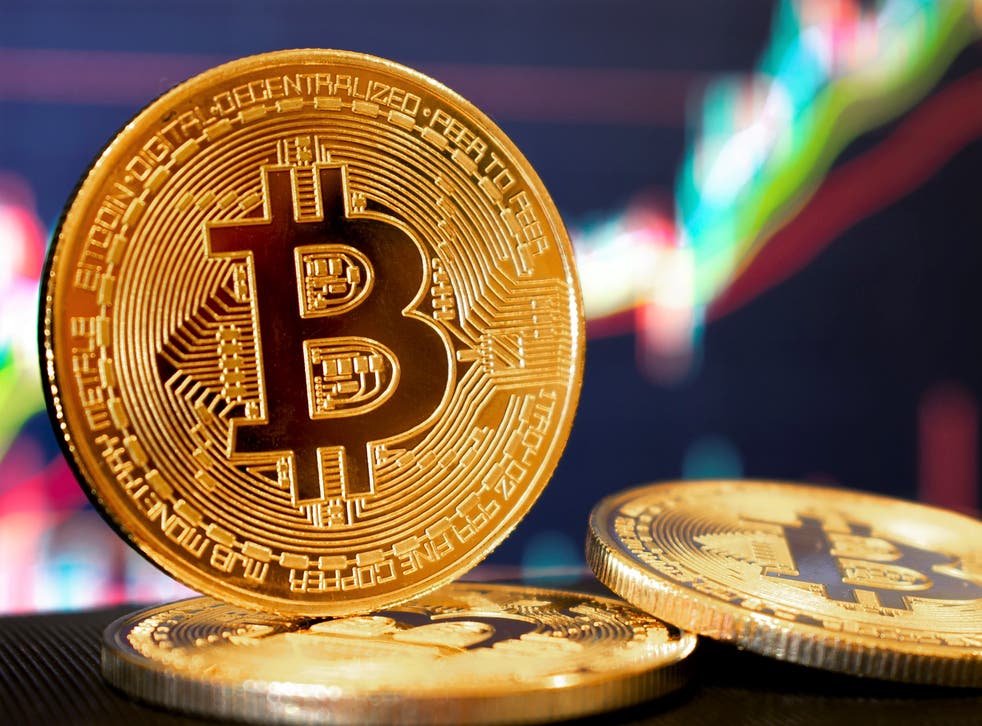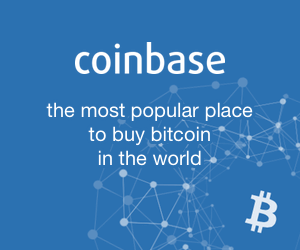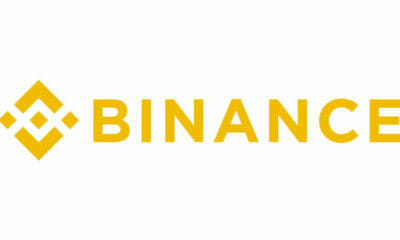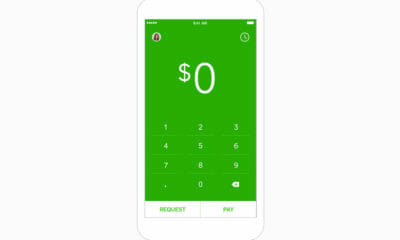Bitcoin futures debuted on the CBOE and later the CME in December, but other U.S. exchange operators have not joined in on the action. That does not mean they will not.
The Intercontinental Exchange (ICE), owner of the New York Stock Exchange (NYSE) could be one of the exchange operators that eventually gets into the bitcoin futures arena. Nasdaq would likely be the next major exchange operator to launch bitcoin futures.
“Nasdaq Inc. is still considering entering the bitcoin futures competition. Market observers previously expected Nasdaq to launch futures on the digital currency this year, perhaps as early as the second quarter,” according to ETF Trends.
In an interview with Bloomberg Television ICE CEO Jeffrey Sprecher said that while cryptocurrencies are still in their nascent stages as an asset class, the idea of futures on such currencies cannot be ignored.
Demand for bitcoin futures on CBOE and CME was initially tepid, due in part to high margin requirements, but some data points suggest volume is picking up.
“According to the CME Group, in December the average daily trading volume was about 1,600 contracts. In March, that tally jumped to 2,500 contracts, an increase of 56 percent in less than four months,” reports the South China Morning Post.
The CME and CBOE bitcoin futures are different. A CBOE contract is equivalent to one bitcoin whereas one CME contract is equal to five bitcoin.
Other Efforts
Futures can help increase liquidity for various asset classes and allow traders to adopt various directional strategies on the underlying asset. Some market observers have also speculated that a robust bitcoin futures market could compel regulators to finally approve exchange traded funds (ETFs) based on the largest digital currency.
CBOE and NYSE are among the exchange operators angling to list bitcoin ETFs. Last month, CBOE renewed its push to get regulators to list bitcoin ETFs.
In other related news in March, the Securities and Exchange Commission (SEC) said it is again examining a proposal from NYSE to list two bitcoin ETFs, including an inverse fund, from ProShares. Currently, no bitcoin ETFs are available in the U.S.


















